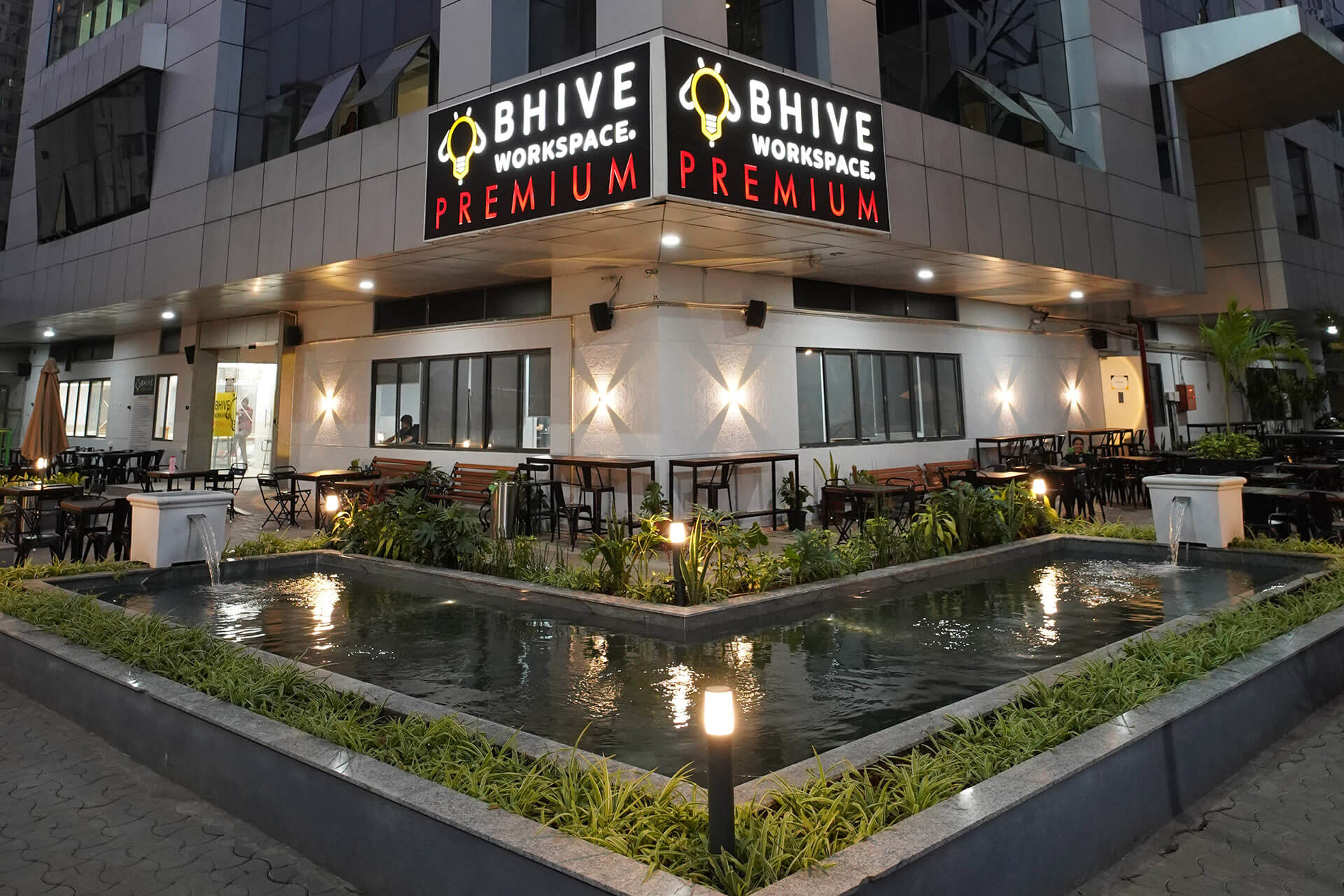E - PAPER
Pune’s Realty Trends- 2021
Vineet Goyal, Jt. Managing Director Kohinoor Group shares with Realty+ the fall and rise of Pune real estate and the drivers of its speedy recovery. Last year the world and India went through adverse effects of Covid-19, which induced nationwide lockdown affecting the economy ad
 BY
Realty Plus
BY
Realty Plus
Published - Thursday, 16 Dec, 2021

Vineet Goyal, Jt. Managing Director Kohinoor Group shares with Realty+ the fall and rise of Pune real estate and the drivers of its speedy recovery.
Last year the world and India went through adverse effects of Covid-19, which induced nationwide lockdown affecting the economy adversely with real estate being the worst hit amongst other sectors. Due to the forceful lockdown, like other cities, Pune’s housing market witnessed a sudden halt for months on the on-site sales and construction activities. With this year a new ray of hope grew in the market resulting in the growth in sales numbers across the commercial and residential activities, as well the city saw many new launches around the year.
Earlier the market saw a dip in residential sales but still managed to clock sales of around 53,000 housing units from January to July inducing 8% growth as compared to the earlier years. Pune’s real estate market has seen a 17 per cent price correction in the last five years, while the North region of Pune remained at 26% housing sales growth rate, areas of Pimpri-Chinchwad saw 19% in comparison to the rest parts of Pune city. While housing prices beyond 2 crores per unit saw a cumulative sale worth Rs.2,350 crore from January to July 2021 with an 88% growth as compared to total sales worth Rs.1,250 crore from January to July 2019. This showed an increase in sales of higher ticket size housing in 2021, indicating the new buyer’s preference for community living rather than individual houses and crowded societies.
With the covid-19 graph slowing down, we can expect the rising demand in the office spaces as people are expected to join workplaces. Evaluating the office market performance in the seven key cities of the country, viz., Bengaluru, Mumbai, Hyderabad, Chennai, Kolkata, NCR and Pune, and showcasing market trends along with future perspectives for the industry, the Silicon Valley on India (Bengaluru) continued to lead the way with 24% share of the total absorption during Q3 2021. While Hyderabad reclaimed its position as one of the key contenders for IT/ITeS office demand at the second positing whereas Pune remained at the third spot on the list.
Pune’s commercial market had been one of the most promising markets in the country as many companies have their offices in the city. In the year 2021, the leasing activity in the commercial property was highly encouraging as compared to last year while we saw a huge dip in the business due to the outbreak of the Covid-19 virus, causing many companies to reconsider their capital expenses. The companies who retained their investment throughout the pandemic into these leased property markets were the banks, the financial service companies, IT firms, product companies and the co-working space providers.
In 2021, we can safely say there has been an evolution of work patterns and the overall business environment. Earlier concepts such as employee wellness programs, agility, and workplace strategies were a part of the business, their enforcement is expected to advance and strengthen increasingly in the coming years. As some firms have resumed their operations in a phased/hybrid manner, many firms are believed to go for a more distributed workforce making the workplaces less consolidated and having more widely organized teams that are appropriately linked through technology. Companies are also adopting models such as Work-From Anywhere (WFA) along with the Work from office model. But most companies would be expected to maintain the traditional physical space model as they reach the best remote working employees/total workforce ratio.”
With employees are returning, co-working and flexible office spaces in Pune can be expected to earn higher demand from corporate occupiers in early 2022. Growth drivers such as availability of shorter booking periods (monthly/six months/one year), as against the average minimum of two to three years in the case of traditional office spaces, flexibility regarding exit, and the low vacancy of around 4.7 per cent in Pune’s commercial market can still support their rise in 2022 likewise. A shift towards the same can also be seen with co-working spaces constituting a 38 per cent share of transactions in Pune during H1 2022.
The Pune commercial real estate market exhibits the very fact that corporate managements are looking for properties in areas that gives facilities of a premium location. This is precisely why the top-rated locations of Pune that offers great connectivity with the other areas and ample options for residential locations in the nearby vicinity and other facilities are being favored. This is a trend that is probably going to be continued even in the future.
RELATED STORY VIEW MORE
TOP STORY VIEW MORE

Mixed Outlook for Australia's Housing Sector In 2024
Mixed Outlook for Australia's Housing Sector In 2024
05 December, 2024NEWS LETTER
Subscribe for our news letter
E - PAPER
-

CURRENT MONTH 
LAST MONTH














